
Top 10 Benefits of Data Science in 2025
Dec 21, 2024 5 Min Read 3193 Views
(Last Updated)
Do you know that almost 402.74 million terabytes of incomprehensible data are generated every day? Businesses are constantly looking to find a way to make sense of this pool of unprecedented data/raw information into valuable insights and actionable intelligence.
This is where data science pitches in, which is in its essence – a study of collecting, evaluating, and applying statistical mathematical knowledge to solve problems and come up with actionable insights. Needless to say, Data science is a revolutionary field, and the benefits of pursuing data science as your next career move, are huge and potentially rewarding.
Data science offers very promising opportunities, but how do you break into this dynamic industry which is already super competitive? In this article, we will explore the benefits of data science in business, and what are different methods with which you can scale your career. Let’s get started.
Table of contents
- Fundamentals of Data Science and its lifecycle
- The Data Science Lifecycle
- The Benefits of Data Science in Business
- Applications of Data Science across various sectors with real-life examples.
- Healthcare 🚑
- Transport and Logistics 🚚
- E-commerce 🛒
- Banking and Finance 🏦
- Manufacturing 🏭
- In Closing
- FAQs
- What are the essential skills needed for a career in data science?
- Do I need a degree to become a data scientist?
- How can I gain practical experience in data science?
Fundamentals of Data Science and its lifecycle
Data science is an interdisciplinary field that employs scientific methods, processes, algorithms, and systems to extract knowledge and insights from both structured and unstructured data. Simply put, it involves obtaining, processing, and analyzing data to derive meaningful insights that can be used for various purposes, from solving complex problems to enhancing business operations.
To master data skills, continuous learning and staying updated with the latest trends and software are essential. At Prerogative, our IITM Pravartak-certified Advanced Programming and Data Science Program provides you with the opportunity to learn from industry experts with years of hands-on experience. We offer valuable insights and practical knowledge, all curated in one comprehensive program.
The Data Science Lifecycle
The data science lifecycle encompasses the stages a data science project undergoes from its initial conception to the communication of results. Despite the unique nature of each project, most follow a similar lifecycle that ensures a structured approach to handling data, drawing accurate conclusions, and making data-driven decisions. Here are the five main phases of this lifecycle:

1. Data Collection and Storage
The first step in any data science project is collecting data from various sources. These sources can include databases, Excel files, text files, APIs, web scraping, or even real-time data streams. The type and volume of data collected depend on the specific problem being addressed.
Once collected, the data is stored in an appropriate format, and ready for further processing. Ensuring that the data is stored securely and efficiently is crucial for quick retrieval and processing. Effective data storage lays the foundation for the entire data science process.
2. Data Preparation
Data preparation is often the most time-consuming phase of the data science lifecycle. It involves cleaning and transforming raw data into a format suitable for analysis. This phase includes handling missing or inconsistent data, removing duplicates, normalizing data, and converting data types. The objective is to create a clean, high-quality dataset that can yield accurate and reliable analytical results.
3. Exploration and Visualization
In this phase, data scientists delve into the prepared data to understand its patterns, characteristics, and potential anomalies. Techniques such as statistical analysis and data visualization are employed to summarize the data’s main characteristics, often using visual methods.
Visualization tools like charts and graphs make the data more comprehensible, enabling stakeholders to better grasp data trends and patterns. This exploratory phase is critical for identifying key insights that will inform the subsequent stages of the project.
4. Experimentation and Prediction
During this phase, data scientists apply machine learning algorithms and statistical models to identify patterns, make predictions, or discover insights. The goal is to derive significant findings from the data that align with the project’s objectives, whether that involves predicting future outcomes, classifying data, or uncovering hidden patterns.
5. Data Storytelling and Communication
The final phase of the data science lifecycle is interpreting and communicating the results derived from the data analysis. It’s not enough to simply have insights; they must be effectively communicated to stakeholders clearly and compellingly. Using clear language and engaging visuals, data scientists convey their findings in a way that influences decision-making and drives strategic initiatives.
Get to know ‘What Skills Are Needed To Be A Data Scientist?‘ before you proceed further.
The Benefits of Data Science in Business
Data science has revolutionized the way businesses operate, providing valuable insights and driving strategic decisions. Here are some of the key benefits data science brings to the business world:
1. Better Decision-Making
Data science enables companies to make informed decisions by providing objective evidence derived from data analysis. By leveraging data and risk analysis practices, businesses can navigate complex decisions with confidence, ensuring they are based on solid data rather than intuition.
2. Enhanced Performance Measurement
With data science, businesses can measure performance more accurately. By collecting and analyzing data, organizations can use trends and empirical evidence to make educated decisions, ensuring continuous improvement and effective problem-solving across the organization.
3. Financial Insights and Optimization
Data science aids in making financial predictions, generating reports, and analyzing economic trends. This allows companies to make informed decisions on budgeting, finances, and expenses, leading to optimized revenue generation and a clear understanding of internal financial health.
4. Product Development
Through data-driven analysis, businesses can develop products that resonate with their target audience. By understanding customer preferences and behaviors, companies can tailor their offerings to meet market demands, resulting in better product development and increased customer satisfaction.
5. Increased Efficiency
Data science helps streamline operations by identifying inefficiencies and optimizing processes. By collecting and analyzing manufacturing data, companies can improve production efficiency and maximize output, ultimately enhancing overall business performance.
6. Risk Mitigation and Fraud Detection
Data science enhances security by detecting and preventing fraudulent activities. Machine learning algorithms can identify unusual behavior patterns, allowing businesses to address potential fraud promptly. Additionally, tracking workplace operations can help ensure compliance with policies and detect any fraudulent practices.
7. Predictive Insights and Trend Analysis
Using big data and statistical analysis, data scientists can develop projections and predictions that help executives adjust operations accordingly. This enables companies to stay ahead of market trends, anticipate customer feedback, and tailor their strategies to meet evolving market conditions.
8. Improved Customer Experience
By analyzing customer data, businesses can offer personalized services and enhance customer satisfaction. Understanding customer habits, preferences, and behaviors allows companies to build strong brand loyalty and deliver a superior customer experience.
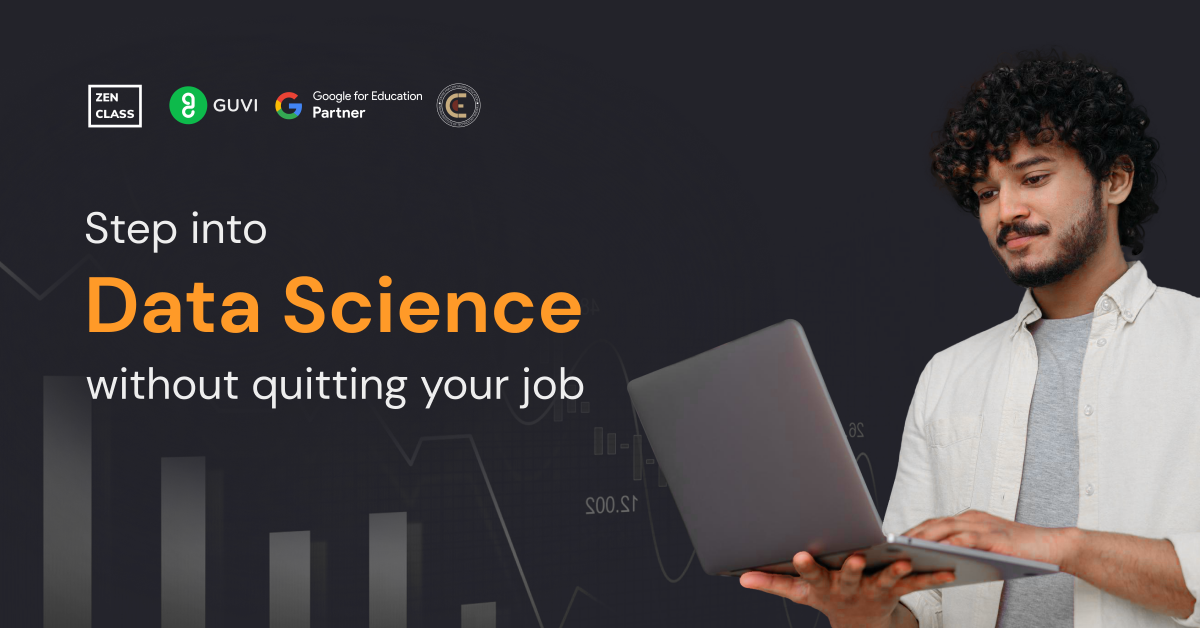
Applications of Data Science across various sectors with real-life examples.
Data science has become a cornerstone for innovation and efficiency across various sectors. It transforms raw data into actionable insights, driving smarter decision-making and enhancing operational capabilities. Here are the key applications of data science in healthcare, transport, e-commerce, banking and finance, and manufacturing, along with a detailed example for each sector.
Healthcare 🚑
Key Applications:
- Predictive Analytics: Forecasting disease outbreaks, patient readmissions, and resource demands.
- Personalized Medicine: Tailoring treatment plans based on genetic and clinical data.
- Clinical Decision Support: Providing real-time recommendations to healthcare professionals.
Improved Patient Care with IBM Watson Health
IBM Watson Health leverages data science to analyze vast amounts of medical literature and patient data. This AI-powered system can recommend treatment options based on the latest research and patient-specific factors, significantly improving patient care outcomes. For instance, Watson for Oncology helps oncologists identify personalized cancer treatment plans by analyzing clinical data, patient records, and medical literature.
Transport and Logistics 🚚
Key Applications:
- Route Optimization: Enhancing delivery efficiency and reducing fuel consumption.
- Predictive Maintenance: Anticipating equipment failures to minimize downtime.
- Traffic Management: Optimizing traffic flow and reducing congestion.
Route Optimization by UPS:
UPS uses advanced algorithms and data analytics to optimize delivery routes through its ORION (On-Road Integrated Optimization and Navigation) system. This system analyzes traffic patterns, weather conditions, and delivery constraints to create the most efficient routes. By implementing ORION, UPS has saved millions of miles driven, significantly reducing fuel consumption and carbon emissions.
E-commerce 🛒
Key Applications:
- Personalized Recommendations: Tailoring product suggestions to individual customers.
- Customer Segmentation: Targeting marketing campaigns based on buying behavior.
- Inventory Management: Predicting demand and optimizing stock levels.
Amazon’s Personalized Recommendations
Amazon employs data science to deliver personalized product recommendations. By analyzing customer behavior, purchase history, and browsing patterns, Amazon’s recommendation engine suggests products that customers are likely to be interested in. This personalization drives higher engagement and increases sales, making the shopping experience more enjoyable for customers.
Banking and Finance 🏦
Key Applications:
- Risk Management: Assessing credit risk and detecting fraud.
- Customer Insights and Personalization: Offering tailored financial products and services.
- Investment and Portfolio Management: Optimizing investment strategies using data-driven algorithms.
Fraud Detection by JP Morgan Chase
JP Morgan Chase uses machine learning algorithms to detect fraudulent activities. By analyzing transaction patterns and customer behavior, these algorithms can identify unusual activities and flag potential fraud. This proactive approach helps in preventing financial losses and enhancing the security of banking operations.
Manufacturing 🏭
Key Applications:
- Predictive Maintenance: Scheduling maintenance before equipment fails.
- Quality Control: Ensuring product quality through data analysis.
- Supply Chain Optimization: Streamlining supply chain operations.
Predictive Maintenance by Siemens
Siemens uses data science to monitor and predict equipment failures in their manufacturing processes. By analyzing data from sensors on machinery, Siemens can forecast when maintenance is needed, preventing unexpected breakdowns. This predictive maintenance approach reduces downtime and maintenance costs, ensuring smooth and efficient production.
For a detailed overview of approaching a Data Science career head-on, refer to this guide. Here’s a short overview to help you scale your career in this dynamic industry, whether starting from scratch or looking to move up the ladder.
Kickstart your Data Science journey by enrolling in GUVI’s Data Science Course where you will master technologies like MongoDB, Tableau, Power BI, Pandas, etc., and build interesting real-life projects.
Alternatively, if you would like to explore Python through a Self-paced course, try GUVI’s Python course.
In Closing
Data science is transforming industries and creating exciting career opportunities. By building a strong educational foundation, gaining practical experience, and engaging with the data science community, you can thrive in this dynamic field and make a significant impact. Stay curious, keep learning, and embrace the power of data.
FAQs
What are the essential skills needed for a career in data science?
To succeed in data science, you need proficiency in programming languages like Python and R, strong analytical and statistical skills, and experience with machine learning, data visualization, and big data technologies. Practical experience and continuous learning are also crucial.
Do I need a degree to become a data scientist?
While a degree in computer science, statistics, or a related field is beneficial, it’s not always necessary. Many successful data scientists have entered the field through certifications, specialized programs, and hands-on experience with real-world projects and competitions.
How can I gain practical experience in data science?
You can gain practical experience by working on real-world projects, participating in data science competitions, contributing to open-source projects, and completing internships. Building a strong portfolio showcasing your work is also essential for demonstrating your skills to potential employers.

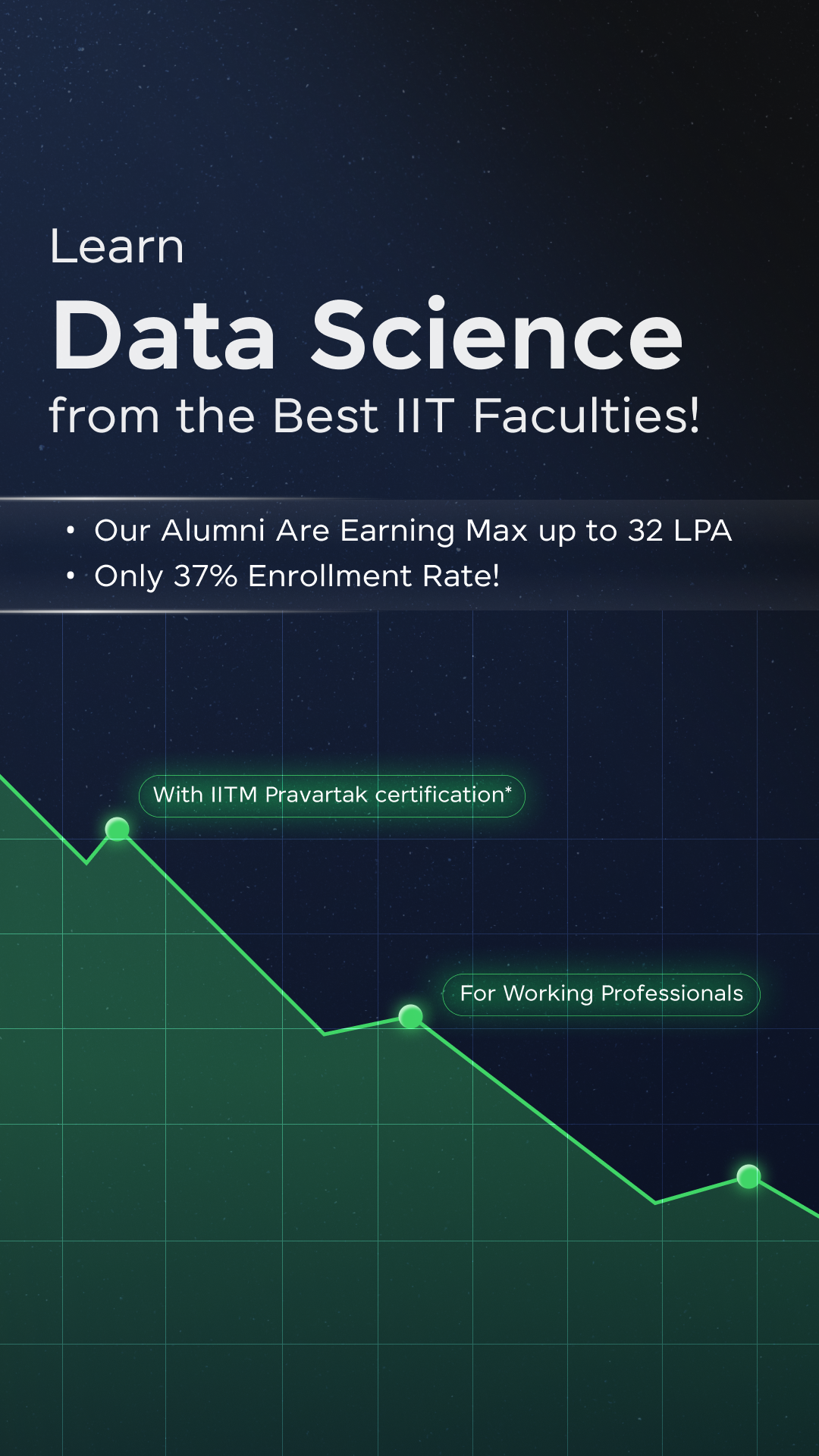













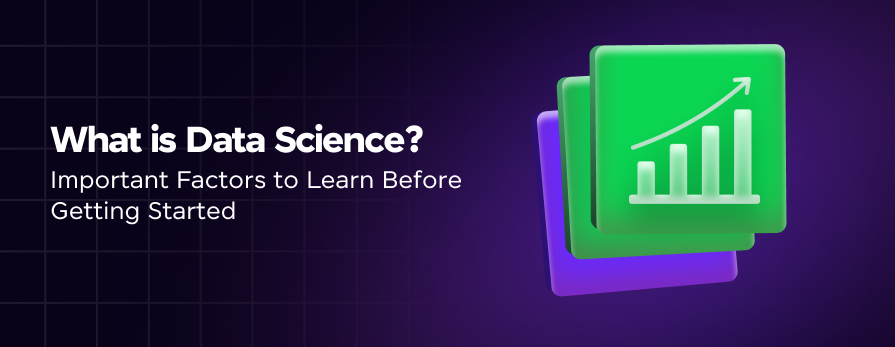

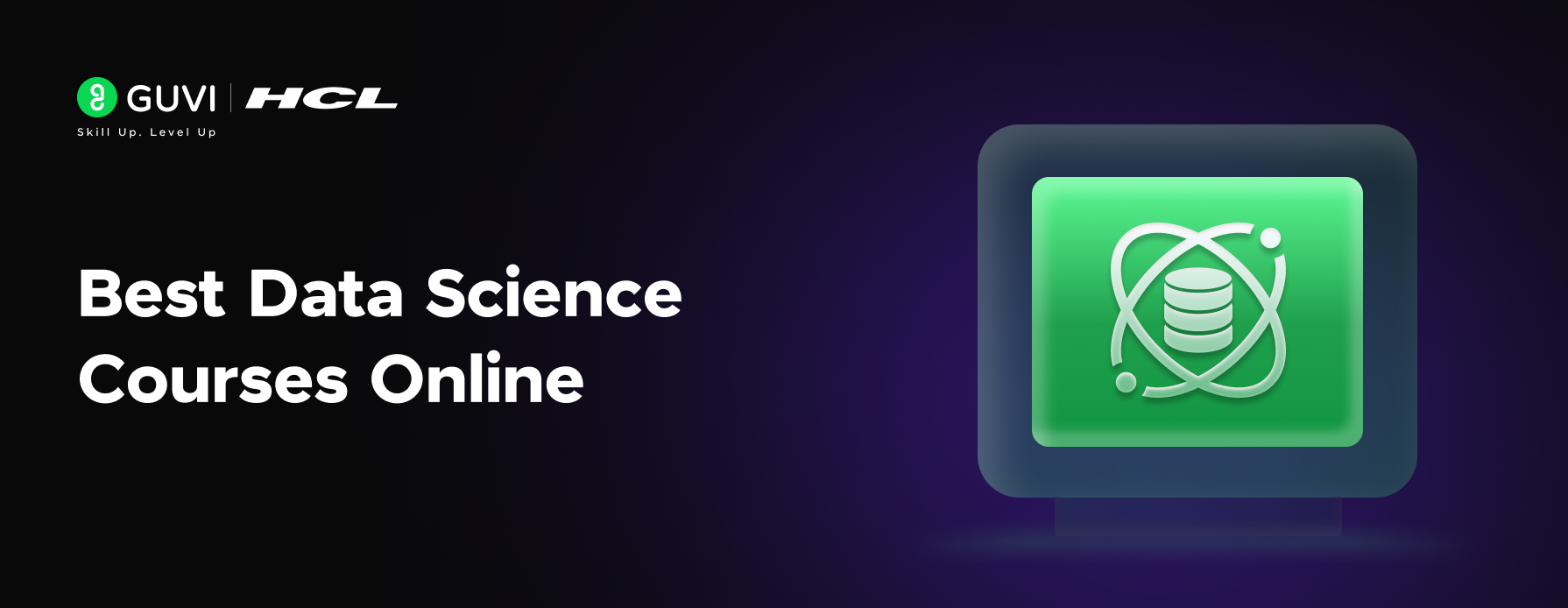
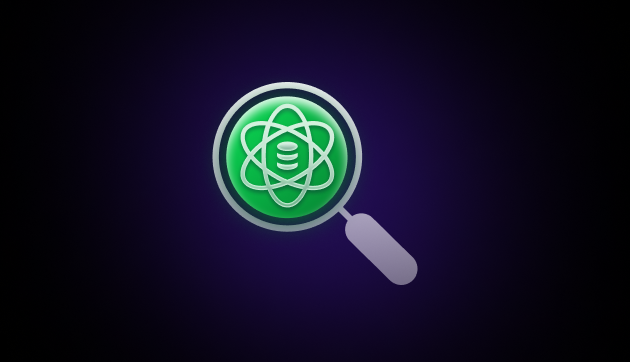
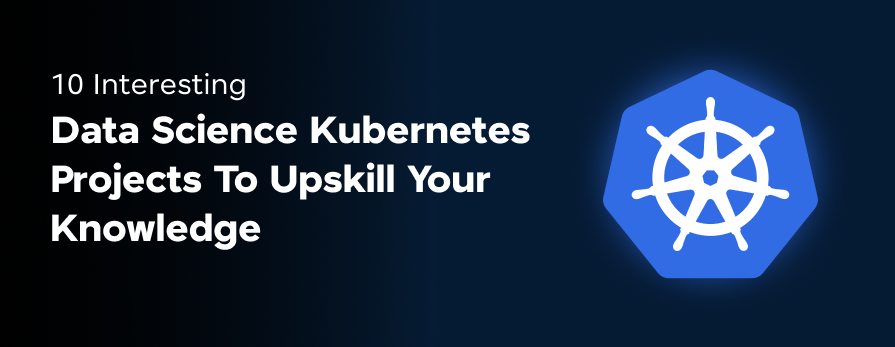
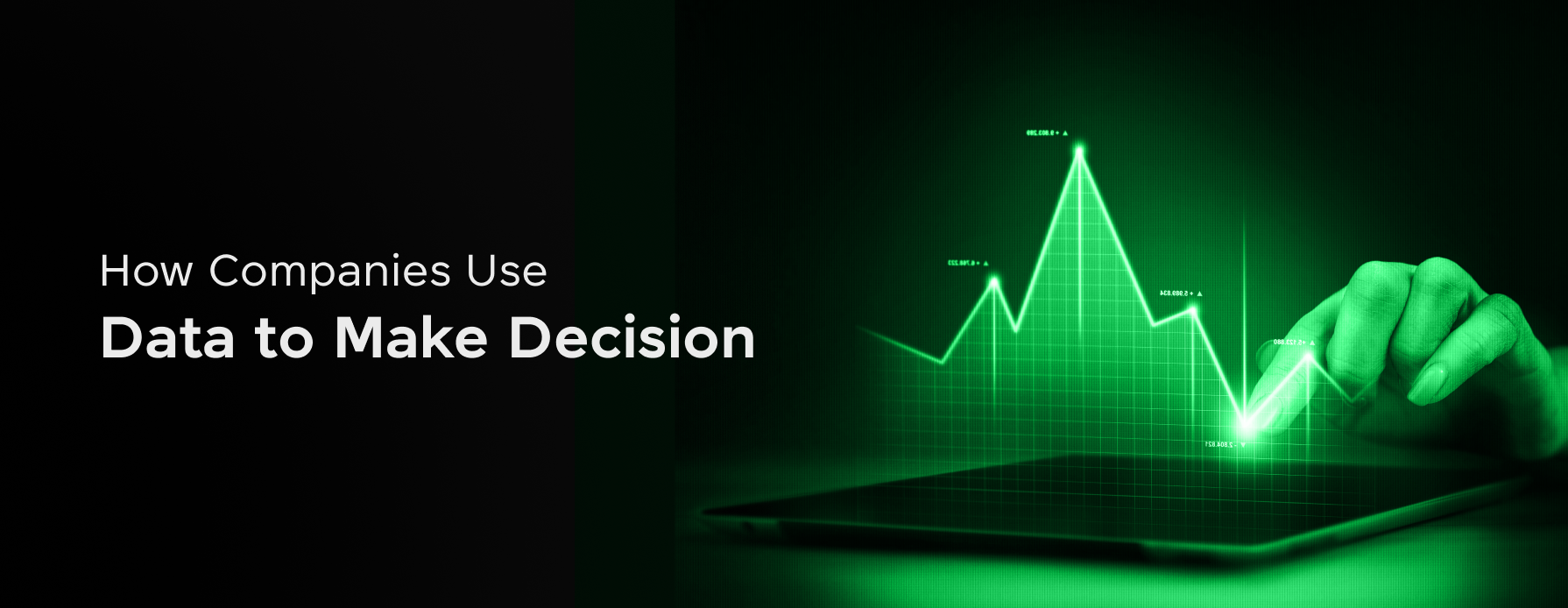
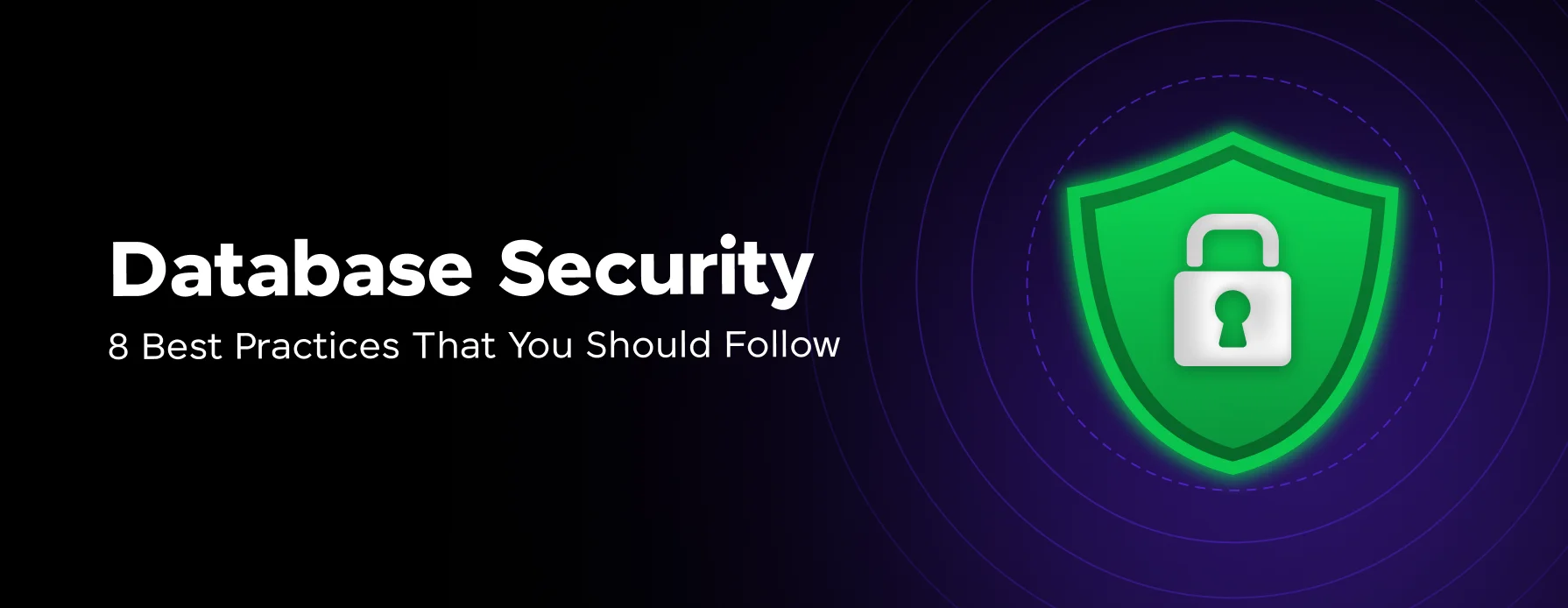
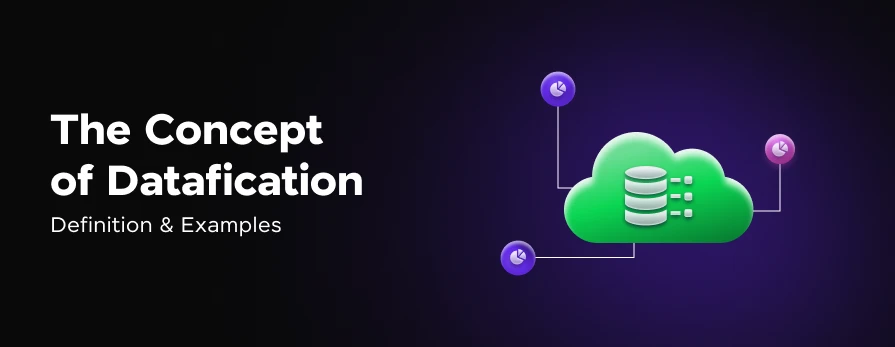
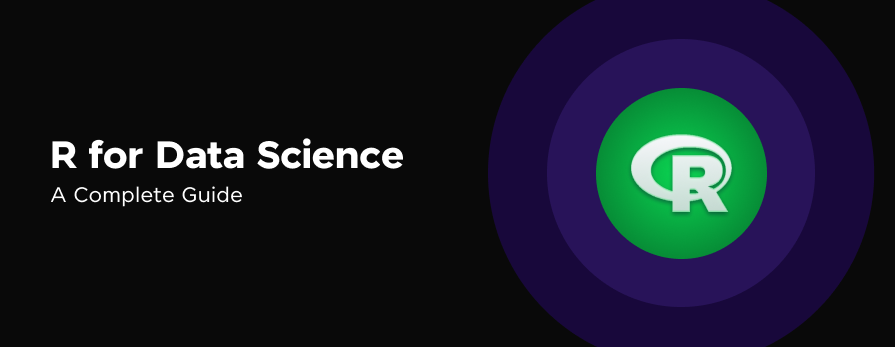
Did you enjoy this article?